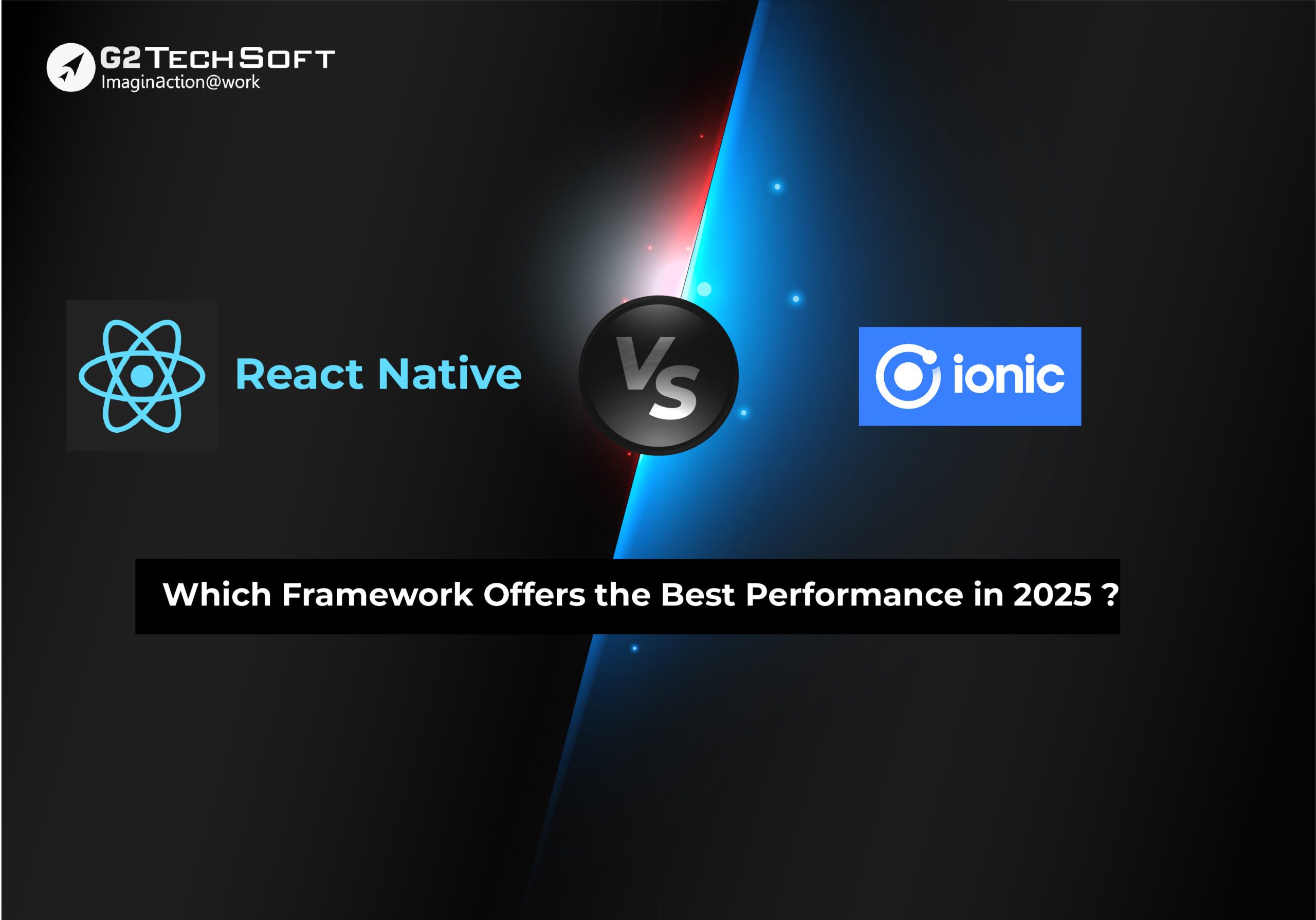
Angular Apps- 8 Proven Ways of Improving Responsiveness in Web Apps.
Angular is a dynamic and full-featured framework developed by Google. Fortune 500 companies have been using Angular web development to build powerful and stable enterprise applications. Over the last few years, Angular has become one of the most popular frameworks for developing enterprise applications.
Web development with Angular is big, getting bigger, and becoming very popular. At the same time, Angular applications can be large and complex, yet highly responsive. The AngularJS framework is a declarative, structural framework for building rich internet applications. Angular allows to utilize HTML as a template language and HTML’s syntax for expressing application’s components clearly. They’re used for single-page applications, which render all their content in the browser rather than having a server send back complete HTML pages. In fact, it powers even Google for many internal processes and workflows. For angular 12 and 11 comparison with new and exclusive features, click here
The reason is not difficult to fathom. Being an open-source web application framework can make handling your data easy. The features below show how Angular is used in Google enterprise-scale applications.
Getting Improved Responsiveness Using Angular
1. Two-Way Data Binding
One of the most notable features of Angular is two-way data binding. It syncs data from the model with the view. Therefore, the components get changed and updated automatically when data is modified. Most frameworks offer one-way data binding, which essentially means that when the data changes, it needs manual intervention from developers. Therefore, having Angular by your side takes the guesswork out of development because it synchronizes data between the model (or controller) and your views (or templates).
When you’re developing with Angular, you don’t need to worry about modifying data or making changes. Because Angular enables two-way data binding in a manner that’s much more robust than other frameworks, developers don’t have to worry about events and callback functions.
2. Optimized Server Communication
AngularJS reduces the strain put upon servers by creating static files. Besides, servers respond much more quickly to API requests than they would otherwise. Angular JS renders the pages in the document object model for the user actions. Unlike other tech stacks, the framework reduces efforts by generating static app pages. It gives an overall quick user experience and does not let the users wait until the page is loaded. This speeds up the end-user experience and eliminates the wait time for a fully interactive app.
3. Modern UI
Angular materials follow Material Design by Google, which provides built-in components such the navigation elements, the layout, buttons, indicators, and data tables. Furthermore, Angular Material is not just about creating an eye-pleasant user interface, but it develops applications like Google. For instance, Google Drive is a web app that stores and organizes files in the cloud with a simple and consistent user interface.
4. Single Page Application
Angular makes it easy to develop and ship single-page applications. Angular was originally created to make it easier to build a Single Page Application. These applications are super fast, so it seems only natural that people want to try out Angular to speed up application performance. Using Angular, you can develop an entire product with relatively less code than other frameworks. Moreover, Angular allows you to build applications that are both intricate and agile at the same time thanks to its features like two-way data binding and modular coding.
5. Maintainable Code with TypeScript
Angular code can be written in TypeScript. TypeScript supports static typing, unlike JavaScript which only supports dynamic typing.
Static typing helps you identify bugs faster and earlier in the web application development process. If you need to write a large application, having a statically-typed language can save a lot of time and headaches. TypeScript gives you compiler errors at the top of each file, instead of deep in the code. This means less time lost to debugging. It helps you to debug your code much faster and more efficiently.
6. Modern Architecture
Angular is a powerful tool that makes building robust, responsive web applications easier. One of the most important decisions you’ll make when developing an enterprise-scale application is how it will be built. Its compatibility allows you to customize your data display.
Angular provides an excellent choice for complex web apps because of its component architecture. AngularJS is a JavaScript framework that allows you to easily build single page web applications and it has the best responsive web design. Its user interface is built like a tree of components. These components are cohesive, that is, they consist of only those elements that have related functionality.
7. Lazy Loading
Angular has long supported lazy loading by using the loadChildren key in the route configuration. With version 8, the Angular team has migrated from a custom syntax that was built into the Angular tool chain to the industry standard dynamic import. This provides a significantly enhanced user experience as editors can easily understand and validate.
8. Fast Load Time
Angular JS simplifies your development process. This eliminates the need to keep track of different codes, thereby streamlining the development process. This also helps create lighter web pages, making them faster to load. This also allows for better organization of app code.
AngularJS uses a simplified MVC structure for web application development that reduces page load time and increases its performance. This is one of the main reasons why developers and companies choose angular as it ensures swift development by removing the need for unnecessary code.
Angular JS features a variety of capabilities, such as the template, tag,syntax, which allows for easier programmability. The framework is also compatible with multiple back-end programming languages to speed up data displayed in the UI.
Choosing Web Apps with Angular in Your Next Plan!
If you are looking for front-end technology, you wouldn’t risk going wrong by choosing Angular JS, since it is one of the most highly recommended technologies for businesses and enterprises. This is due to its numerous advantages that are perfect for the complex web application. We have already discussed above some reasons to go for web development for Angular.
Angular JS is the user’s side. It is the interface that enables the user to interact with the program. However, the application should give provision for access, convenience, seamless and hassle free user experience. When it comes to developing an app in Angular requires careful planning. Most Angular JS development companies have made it evident that this solution comes with a good range of features. All of those features are connected with one another but distinct. Therefore, all of those features, essentially needed a well formulated string of codes separately.
In addition, if the Angular web app you need to host or display has even a single section of knowledge/information that must be interacted with, then it automatically directs that data to an area be stored.
Final Thoughts
Angular web apps are known for efficiency, flexibility, and simplicity which make them one of the most popular frameworks. If enterprises around the world are chasing easy web app development and mobile app development, Angular automatically deserves attention considering the powerful advantages it offers.




